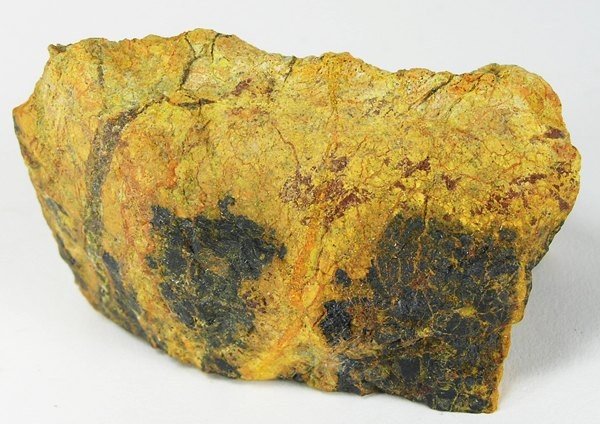10 February 2023
Astatine, element 85, was first produced in 1940 by Dale Corson, Kenneth MacKenzie, and Emilio Segrè in the cyclotron at the University of California, Berkeley. Several years later, it was discovered in nature, although its occurrence in nature is extremely rare. The team proposed the name astatine and the symbol At in a letter published in the 4 January 1947 issue of Nature:
In 1940, we prepared the isotope of mass 211 of element 85 by bombarding bismuth with alpha particles accelerated in the 60-in. cyclotron of the Radiation Laboratory of the University of California.
At that time we established several chemical properties of element 85 and we made a fairly complete nuclear study of the isotope formed.
It has been pointed out to us that a name should now be given to this new element, and following the system by which the lighter halogens, chlorine, bromine, and iodine, have been named, namely by modifying a Greek adjective denoting some property of the substance in question, we propose to call element 85 “astatine”, from the Greek ἅστατος, unstable. Astatine is, in fact, the only halogen without stable isotopes. The corresponding chemical symbol proposed is “At.”
There were several earlier claims for discovery of element 85 that were later disproven, but the names from those mistaken finds can sometimes be found in older chemical literature. In 1930, a team at the Alabama Polytechnic Institute claimed to have discovered element 85, and in 1932 they proposed the name alabamine and the symbol Am for the element. Another such claim is a 1942 one by an Anglo-Swiss team that they had discovered element 85 in nature, a decay product of Thorium A. The team proposed the name anglo-helvetium. Neither of these claims panned out and the two names have become mere footnotes in the history of science.
Sources:
Allison, Fred, Edna R. Bishop, and Anna L. Sommer. “Concentration, Acids and Lithium Salts of Element 85.” Journal of the American Chemical Society, 54, 5 February 1932, 616. ACS.org.
Corson, D.R., K.R. MacKenzie, and E. Segrè. “Astatine: The Element of Atomic Number 85.” Nature, 159, 4 January 1947, 24. Nature.com.
Leigh-Smith, Alice and Walter Minder. “Experimental Evidence of the Existence of Element 85 in the Thorium Family.” Nature, 150.3817, 26 December 1942, 768. Nature.com.
Oxford English Dictionary, second edition, 1989, s.v. astatine, n.; third edition, December 2008, s.v. anglo-helvetium, n.; September 2012, s.v. alabamine, n.
Image credit: Robert M. Lavinsky, before 2010. Wikimedia Commons. Licensed under a Creative Commons Attribution-Share Alike 3.0 Unported license.

